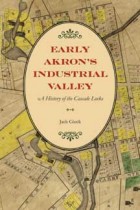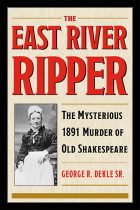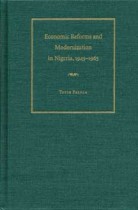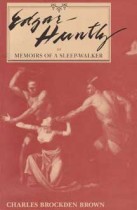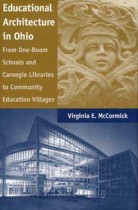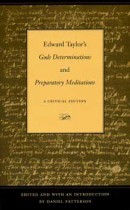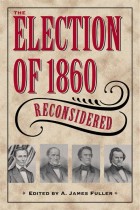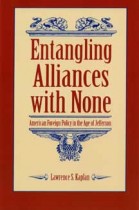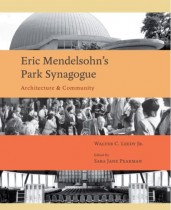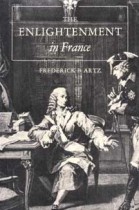
This is an introduction to the principle writers of the Enlightenment in Eighteenth Century France. French thinkers of this century made a long series of devastating attacks on old ideas, usages, and institutions that had been handed down from the past. And, at the same time, these thinkers proposed a series of thorough-going reforms in social, economic, political, religious, and educational ideas and institutions. France was the center of the Enlightenment of the Eighteenth Century, but there were important thinkers that belonged to the movement in other countries, such as Vico and Beccaria in Italy; Lessing, Herder, and Kant in Germany; and Hume, Adam Smith, and Bentham in Britain. France, though, took the lead, and, outside of France, there were no thinkers of quite the influence of the French writers, Voltaire and Rousseau.
